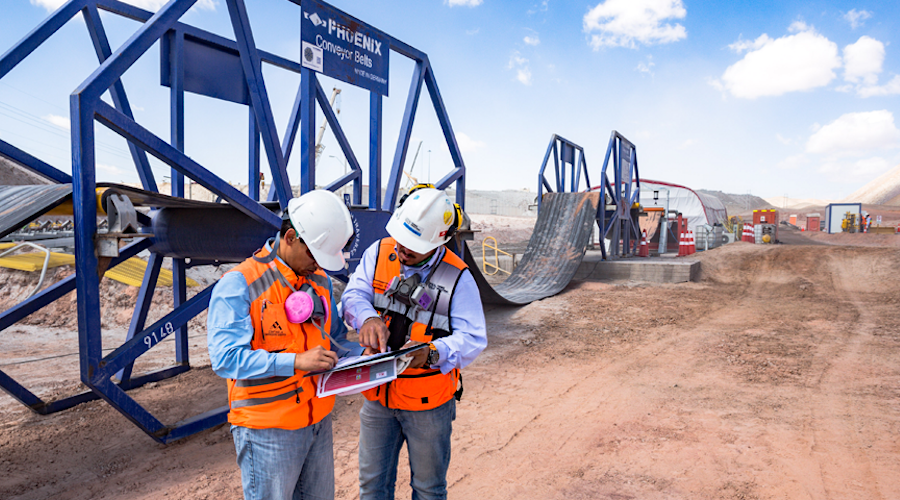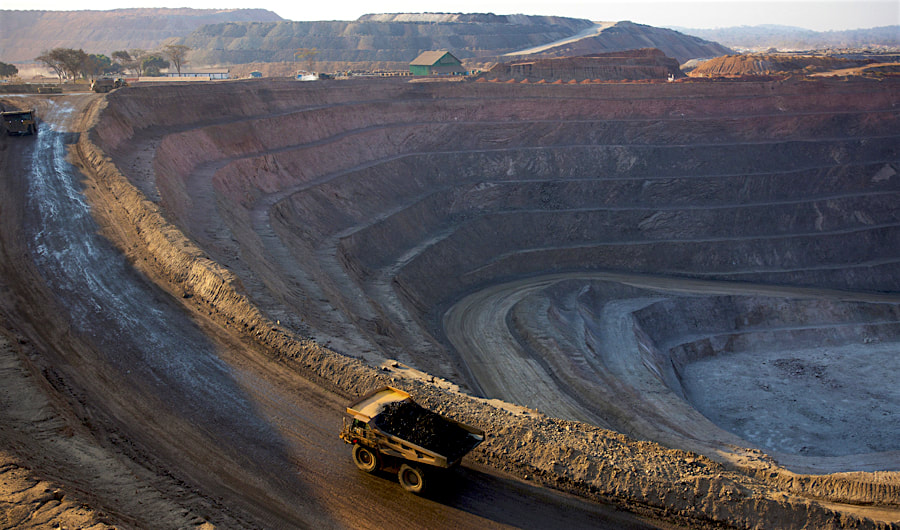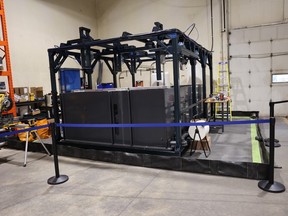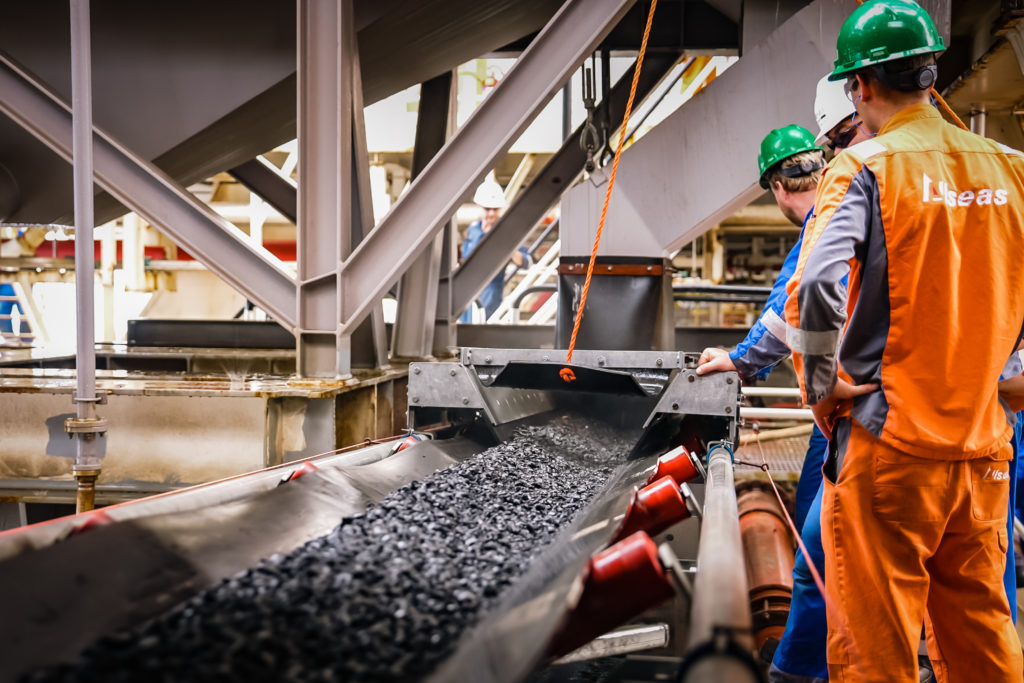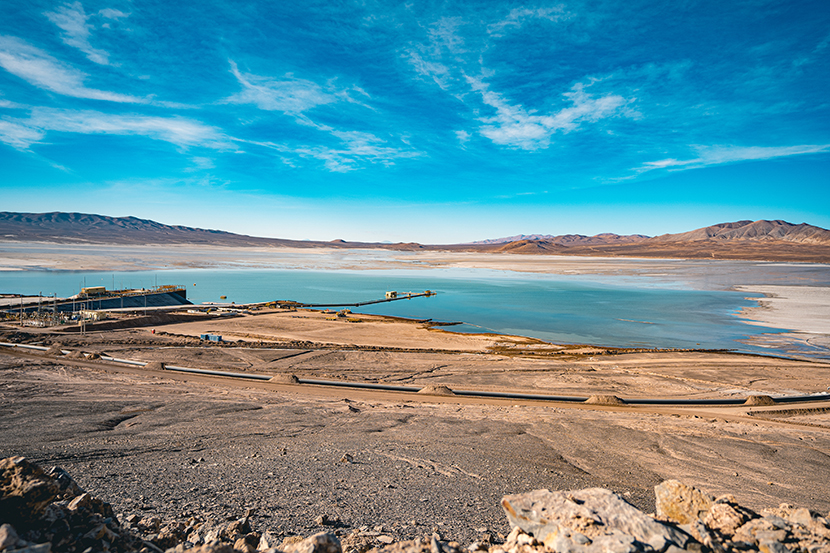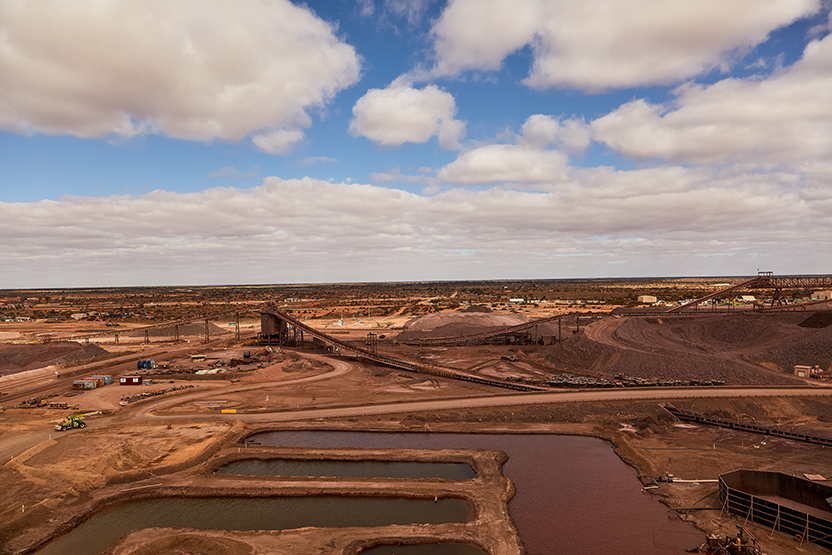The U.S.'s highest court has ruled, counter to science, that it's not important to protect all wetlands from unfettered pollution.
By Lauren Leffer
GIZMONDO
Published May 25,2023

Clean water activists protest outside the U.S. Supreme Court during arguments over Sackett v. EPA in October 2022.
Published May 25,2023

Clean water activists protest outside the U.S. Supreme Court during arguments over Sackett v. EPA in October 2022.
Photo: Jacquelyn Martin (AP)
The Supreme Court has ruled against the Environmental Protection Agency in a decision that significantly narrows the Clean Water Act’s protections. The majority, 5-4 opinion was authored by Justice Samuel Alito and supported by Chief Justice John Roberts, Justices Clarence Thomas, Neil Gorsuch, and Amy Coney Barrett—all conservative judges, two of whom were Donald Trump appointees.
Technically, the decision was unanimous, with all nine SCOTUS judges agreeing that the EPA did not have the authority to intervene in the plaintiff’s case. However, the minority opinion credited to the remaining four justices used reasoning that handed a victory to the plaintiffs, but would have triggered fewer changes to the scope of the decades-old Clean Water Act had it been accepted by the majority.
Regardless, it’s an odd and confusing decision that will have widespread implications for wetlands and streams nationwide, Mark Ryan, a retired former EPA lawyer who is an expert in the Clean Water Act, told Gizmodo in a phone call. “It’s a mess,” Ryan said. This is a “very significant haircut of the Clean Water Act,” he added.
During oral arguments at the Sackett v. EPA SCOTUS hearing last fall, it seemed that even the conservative court might side with the federal regulators. But instead, today they opted to favor industry and development over defending unpolluted waterways.
The case had been moving through the courts for more than 15 years. On paper, Sacket v. EPA came down to the question of whether or not the federal government could penalize an Idaho couple (Chantal and Mike Sackett) for building a house on their own land without a permit. But the bigger question at stake has always been about whether the EPA has the authority to meaningfully monitor and protect streams and wetlands from unfettered development and other polluting activities.
With the court’s ruling, the CWA no longer protects isolated wetlands nor intermittent and seasonal bodies of water, Ryan said. It is a massive win for developers, mining companies, and other polluting industries, which will face far fewer environmental regulations and no longer have to apply for permits to fill many wetlands or dump waste in impermanent streams. Concurrently, it is likely to be a loss for the nation’s aquatic ecosystems and even human health.
Healthy, intact wetlands help control flooding, filter water, and provide critical habitat for plants and animals. All of those ecosystem services are endangered nationwide by the SCOTUS ruling, said Ryan.
States like Arizona and New Mexico, wherein most streams are seasonal and ephemeral, now have basically no federal protections under the CWA, he explained. Developers can now opt to fill in wetlands without any federal oversight in places like the prairie pothole ecosystem that spans multiple states in the middle of the country. “And they likely will. Land is much more valuable economically [filled in] as an upland rather than a wetland,” the former EPA litigator said.
Further, mining companies looking for flat land to dump tailing waste in mountainous areas can now bulldoze headwater, intermittent streams without a federal permit. Pollution into intermittent waterways and many wetlands is no longer federally regulated (unless and until somebody proves that that pollution has made its way to a permanent, connected waterbody).
Many aspects of the long-embattled case have come down to semantics: Specifically, there’s been much argument about what it means for waters to have a “significant nexus” of connectivity and what the phrase “waters of the United States” (typically abbreviated as WOTUS) applies to and protects. But in the new ruling, the majority opinion justices abandoned some of those previously well-trod arguments and laid out their own definitions.
“The CWA’s use of ‘waters’ in §1362(7) refers only to ‘geographic[al] features that are described in ordinary parlance as ‘streams, oceans, rivers, and lakes’ and to adjacent wetlands that are ‘indistinguishable’ from those bodies of water due to a continuous surface connection,” Alito wrote for the majority. Per the opinion, WOTUS protects only “a relatively permanent body of water connected to traditional interstate navigable waters” and wetlands with a “continuous surface connection” to such waters.
The “significant nexus” terminology appears to be entirely out. Instead, the new decision focuses on this idea of “relatively permanent waters,” a poorly defined concept that was first brought forth by Antonin Scalia in the split Rapanos v. United States ruling in 2006. What does “relatively permanent” mean? For now, no one really knows, said Ryan.
“This is gonna result in a lot of head scratching and a lot of litigation,” he explained—as stakeholders try to work out what counts as relatively permanent. Is it a stream that flows for a week at a time? A day? What about a season? If a wetland overflows into a nearby river once a month, through an ephemeral stream, do all those flows add up to relative permanence? All subsequent decisions on this will have additional, big implications.
Important to note, the new SCOTUS ruling is in clear contradiction to our current scientific and environmental understanding of how the world works. All water is connected. Every drop of rain that falls in the U.S. eventually ends up as part of the larger movement of water, be it in a plant’s roots or a big river. You probably learned about watersheds and the water cycle in grade school, which both clearly outline how water flows overland and below ground from one point to another, generally from smaller to larger bodies of water.
Some streams and wetlands appear isolated or only contain water intermittently, but they’re still part of this broader ecological system. These small or impermanent waterbodies still dictate the quality of what comes out of your tap. Though they may not have a constant, overland flow to other bodies of water—wetland and intermittent streams are, in almost all cases, in continuous contact with larger streams, lakes, and rivers through groundwater, movement of wildlife, and temporary or seasonal overland flows.
The Supreme Court has ruled against the Environmental Protection Agency in a decision that significantly narrows the Clean Water Act’s protections. The majority, 5-4 opinion was authored by Justice Samuel Alito and supported by Chief Justice John Roberts, Justices Clarence Thomas, Neil Gorsuch, and Amy Coney Barrett—all conservative judges, two of whom were Donald Trump appointees.
Technically, the decision was unanimous, with all nine SCOTUS judges agreeing that the EPA did not have the authority to intervene in the plaintiff’s case. However, the minority opinion credited to the remaining four justices used reasoning that handed a victory to the plaintiffs, but would have triggered fewer changes to the scope of the decades-old Clean Water Act had it been accepted by the majority.
Regardless, it’s an odd and confusing decision that will have widespread implications for wetlands and streams nationwide, Mark Ryan, a retired former EPA lawyer who is an expert in the Clean Water Act, told Gizmodo in a phone call. “It’s a mess,” Ryan said. This is a “very significant haircut of the Clean Water Act,” he added.
During oral arguments at the Sackett v. EPA SCOTUS hearing last fall, it seemed that even the conservative court might side with the federal regulators. But instead, today they opted to favor industry and development over defending unpolluted waterways.
The case had been moving through the courts for more than 15 years. On paper, Sacket v. EPA came down to the question of whether or not the federal government could penalize an Idaho couple (Chantal and Mike Sackett) for building a house on their own land without a permit. But the bigger question at stake has always been about whether the EPA has the authority to meaningfully monitor and protect streams and wetlands from unfettered development and other polluting activities.
With the court’s ruling, the CWA no longer protects isolated wetlands nor intermittent and seasonal bodies of water, Ryan said. It is a massive win for developers, mining companies, and other polluting industries, which will face far fewer environmental regulations and no longer have to apply for permits to fill many wetlands or dump waste in impermanent streams. Concurrently, it is likely to be a loss for the nation’s aquatic ecosystems and even human health.
Healthy, intact wetlands help control flooding, filter water, and provide critical habitat for plants and animals. All of those ecosystem services are endangered nationwide by the SCOTUS ruling, said Ryan.
States like Arizona and New Mexico, wherein most streams are seasonal and ephemeral, now have basically no federal protections under the CWA, he explained. Developers can now opt to fill in wetlands without any federal oversight in places like the prairie pothole ecosystem that spans multiple states in the middle of the country. “And they likely will. Land is much more valuable economically [filled in] as an upland rather than a wetland,” the former EPA litigator said.
Further, mining companies looking for flat land to dump tailing waste in mountainous areas can now bulldoze headwater, intermittent streams without a federal permit. Pollution into intermittent waterways and many wetlands is no longer federally regulated (unless and until somebody proves that that pollution has made its way to a permanent, connected waterbody).
Many aspects of the long-embattled case have come down to semantics: Specifically, there’s been much argument about what it means for waters to have a “significant nexus” of connectivity and what the phrase “waters of the United States” (typically abbreviated as WOTUS) applies to and protects. But in the new ruling, the majority opinion justices abandoned some of those previously well-trod arguments and laid out their own definitions.
“The CWA’s use of ‘waters’ in §1362(7) refers only to ‘geographic[al] features that are described in ordinary parlance as ‘streams, oceans, rivers, and lakes’ and to adjacent wetlands that are ‘indistinguishable’ from those bodies of water due to a continuous surface connection,” Alito wrote for the majority. Per the opinion, WOTUS protects only “a relatively permanent body of water connected to traditional interstate navigable waters” and wetlands with a “continuous surface connection” to such waters.
The “significant nexus” terminology appears to be entirely out. Instead, the new decision focuses on this idea of “relatively permanent waters,” a poorly defined concept that was first brought forth by Antonin Scalia in the split Rapanos v. United States ruling in 2006. What does “relatively permanent” mean? For now, no one really knows, said Ryan.
“This is gonna result in a lot of head scratching and a lot of litigation,” he explained—as stakeholders try to work out what counts as relatively permanent. Is it a stream that flows for a week at a time? A day? What about a season? If a wetland overflows into a nearby river once a month, through an ephemeral stream, do all those flows add up to relative permanence? All subsequent decisions on this will have additional, big implications.
Important to note, the new SCOTUS ruling is in clear contradiction to our current scientific and environmental understanding of how the world works. All water is connected. Every drop of rain that falls in the U.S. eventually ends up as part of the larger movement of water, be it in a plant’s roots or a big river. You probably learned about watersheds and the water cycle in grade school, which both clearly outline how water flows overland and below ground from one point to another, generally from smaller to larger bodies of water.
Some streams and wetlands appear isolated or only contain water intermittently, but they’re still part of this broader ecological system. These small or impermanent waterbodies still dictate the quality of what comes out of your tap. Though they may not have a constant, overland flow to other bodies of water—wetland and intermittent streams are, in almost all cases, in continuous contact with larger streams, lakes, and rivers through groundwater, movement of wildlife, and temporary or seasonal overland flows.
